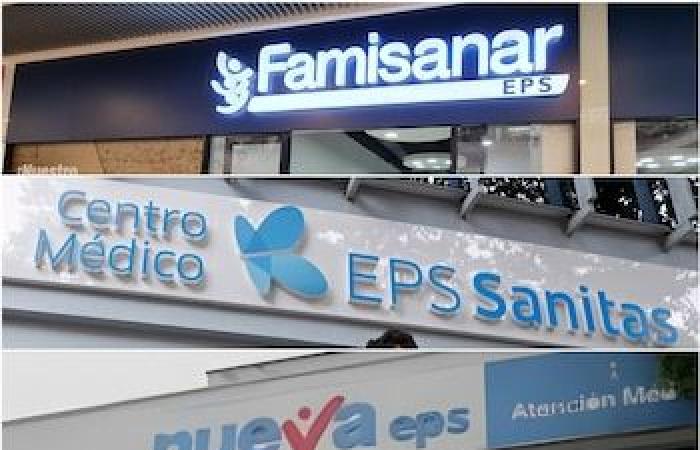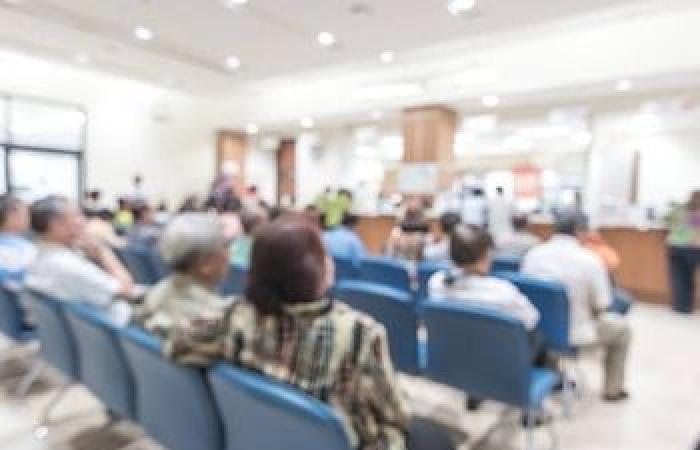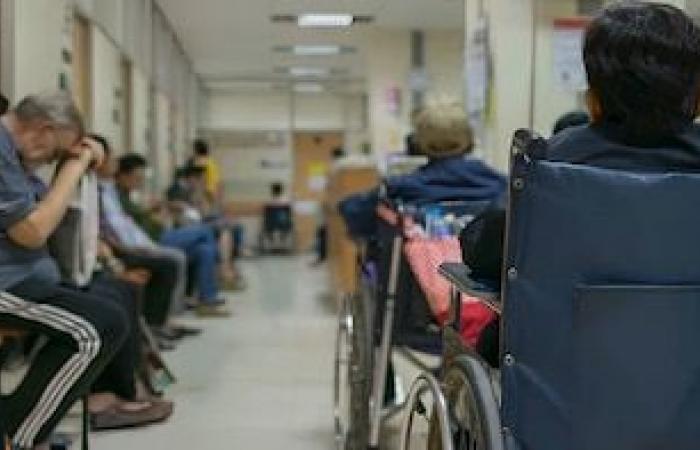More than 25 million people in Colombia are affiliated with health promoting entities (EPS) that are currently intervened or in the process of liquidation.
This is indicated by the 2024 Social Balance Report presented by the Vital Return Foundation during the event “Patients and users: the purpose that unites us in health.”
Now you can follow us in Facebook and in our WhatsApp Channel.
The document warns about a growing state intervention in a health system marked by structural failures, obstacles in access to basic services and a financial crisis that compromises its sustainability.
According to the report, 42% of the barriers reported by patients are related to delays in the delivery of medicationsmainly affecting people with oncological, autoimmune, metabolic and complex chronic diseases.

These interruptions in treatments can have serious, even lethal consequences. In the most critical cases, some patients waited up to 250 days to receive their medicationswhile, on average, they only accessed 4.7 months of the necessary treatment throughout the year 2024.
Jorge García, Executive Director of Vital Return, stressed that these delays can mean the difference between a timely intervention and a severe complication.
The analysis based on data collected through the SUAP platform (we are supporting the patient) and the call center of the Vital Return Foundation, also identified other significant barriers in access to health services.
27% of patients reported delays in the allocation of medical appointmentswhile 21% faced delays in services authorization processes.
In addition, 7% pointed out the lack of agreements between EPS and health providing institutions (IPS), which hinders the proper channeling of care.
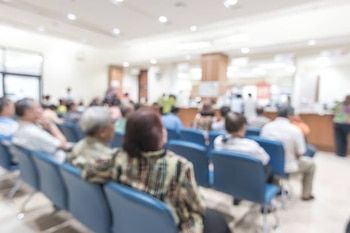
Waiting times to access basic services are alarming. According to data revealed by the report, Patients can wait up to 135 days for the delivery of medicines, 92 days on average for a consultation with a specialist and 36 days for a general medicine appointment.
This is how the document revealed the five EPS with more critical cases in the delay of the delivery of medicines, four of them intervened by the National Government:
- New EPS: 489
- Coosalu: 244
- EPS health: 209
- EMSSANAR: 130
- Total EPS health: 127
Bogotá, Antioquia, Valle del Cauca and Santander They are the departments with the highest number of barriers reported, being Bogotá the most affected, with an increase of 83% in the cases registered compared to 2023.
The deterioration in access to health services also varies according to the age of patients. In children under 40, autoimmune diseases, rare pathologies and neurological disorders predominate.
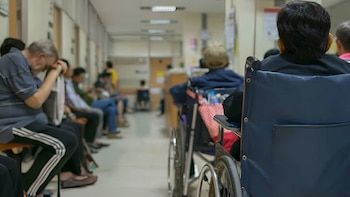
Between 41 and 60 years, there are more cases of oncological diseases, chronic respiratory conditions and cardiovascular disorders. In those over 60, degenerative chronic diseases and metabolic conditions, such as diabetes, are the most common.
This epidemiological profile, combined with population aging and the increase in risk factorsis exerting significant pressure on specialized medical care services, which demands comprehensive and sustainable solutions.
Another critical aspect indicated in the report is the increase in direct expenditure that patients should assume to access basic health services, which represents an especially serious barrier for the most vulnerable populations.
In urban areas, The average monthly disbursement exceeds $ 110,000, while in rural or difficult areas, costs can range between $ 850,000 and $ 1,200,000. These expenses include intermunicipal transport, accommodation, food and the purchase of medications not available in the benefit networks, which compromises the continuity of the treatments and deepens the inequalities in access to medical care.


